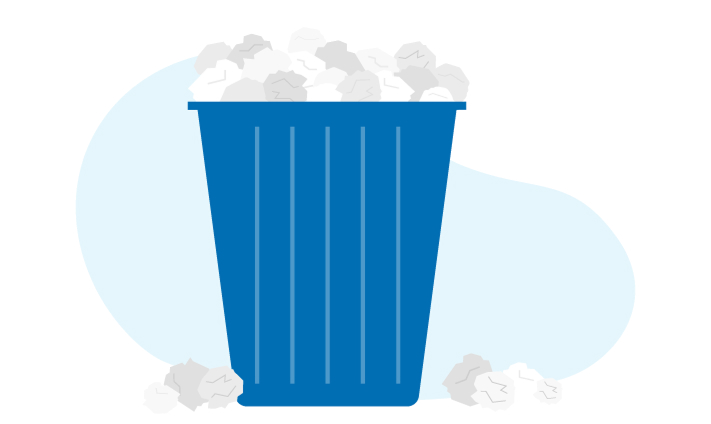Travel trailers are a way of life for many Canadians. Why stay in an expensive hotel room when you can hitch one to your car with the freedom to stay wherever you like? With proper annual maintenance, you can keep repair costs down and make sure the benefits outweigh the financial investment.
Annual maintenance and repair
One of the most common types of damage to travel trailers is water damage. This occurs most often from cracks and openings in sealant seams and seams around roof-mounted vents and appliances. The biggest contributing factors are:
- When you tow your trailer over rough terrain – including pot holes – the frame can flex and seals can crack and break.
- When you store your trailer over winter, the build up of snow, plus freezing and thawing, causes seals to expand and contract, leaving cracks and openings.
To prevent these issues from causing significant damage, it’s important for travel trailer owners to inspect, patch and replace sealant on the roof, around windows, and at corner moldings to a proper industry standard. If the sealant isn’t removed or repaired as necessary with the proper self-leveling sealer, damage can occur that isn’t covered by your insurance policy.
Refer to your manufacturer’s guide or consult their website for information on the right type of sealant. Some manufacturers also have a downloadable sealant callout sheet that pinpoints every seam that needs maintenance.
If you’re not confident in your ability to make these repairs yourself, many RV repair shops and dealers offer this type of service.
Other ongoing maintenance tips:
- Wash and inspect your trailer after every trip.
- Drain water waste tanks after every trip.
- Drain fresh water tank once a month.
- Check your tire pressure before every trip.
Opening your trailer
Before you hit the road, do a thorough inspection of your trailer and look for signs of damage from water, animals, severe cold and winter weather. The time and money you invest at the beginning of your trailer season can offset major damage down the road.
- Check the seams and sealant around all windows, vents, corners and on the roof.
- Make sure your lug nuts are torqued to the proper specifications, and that your tires are properly inflated and in good working condition.
- Have your wheel bearings repacked periodically. Check with an RV repair facility on the frequency of repack based on your mileage towed annually.
- Sanitize your water system and check for leaks.
- Test your electronics, gas, heating and air conditioning systems, as well as all smoke/carbon monoxide detectors.
- Change engine oil in your generator and start and run it to check for proper operation.
- Open and inspect all compartments and furniture.
- Check that all lights are working, including signal and brake lights.
Preparing your trailer for winter
The cleaner and more thorough you are at the end of the season, the easier the work and upkeep will be the following year. The steps you should take are specific to your unit, so it’s important to consult your owner’s manual before winterizing your trailer. In most units, it’s important to:
- Protect the unit’s water system from freezing by draining and flushing all pipes, and then filling the system with non-toxic antifreeze.
- Wash and wax the exterior.
- Cover exterior vents and seal any openings to prevent against nesting by insects and rodents.
- Clean your air conditioning unit and clean/replace the filters.
- Remove and store your unit’s batteries in a warm and dry area.
- Clean the interior, including the kitchen, dishes and cupboards.
We consistently spend money to maintain our cars and keep them safe for driving. Trailers are a much larger financial investment, so why not give them equal attention? With the right approach to repairs and maintenance, you and your family can extend your summer fun for years to come.





 Home
Home
 Auto
Auto
 Life
Life
 Recreation
Recreation

